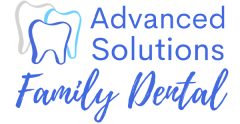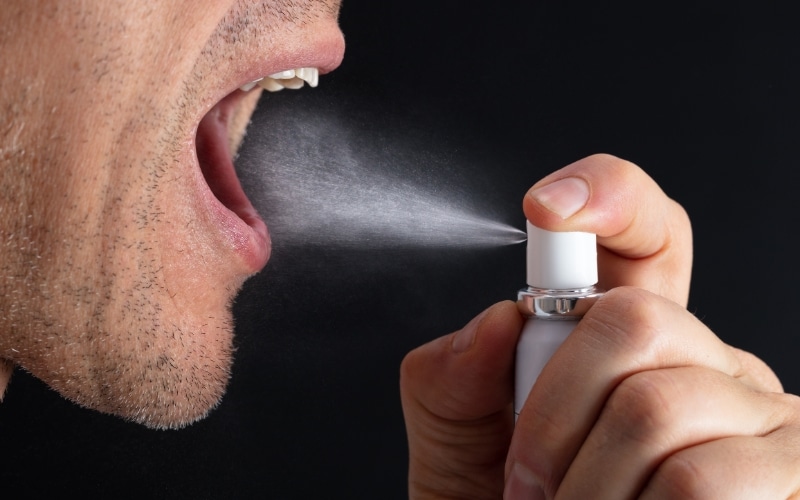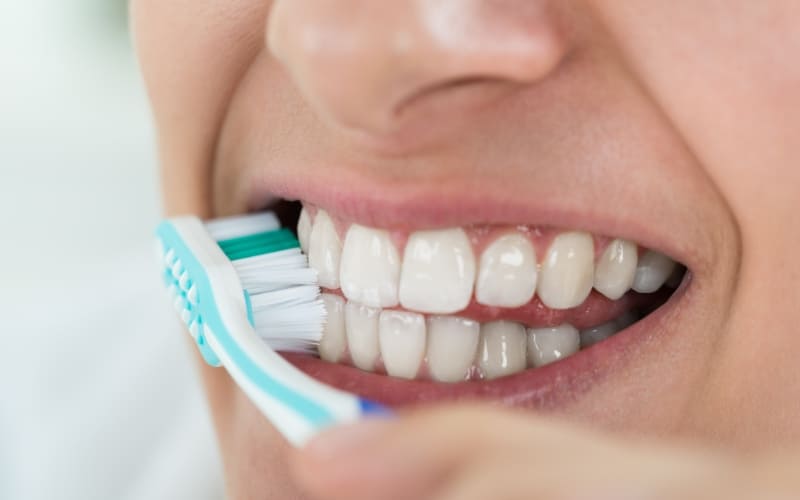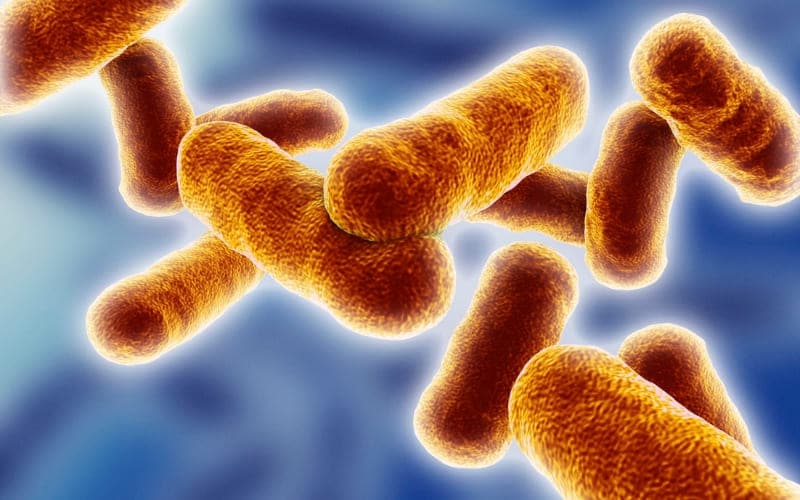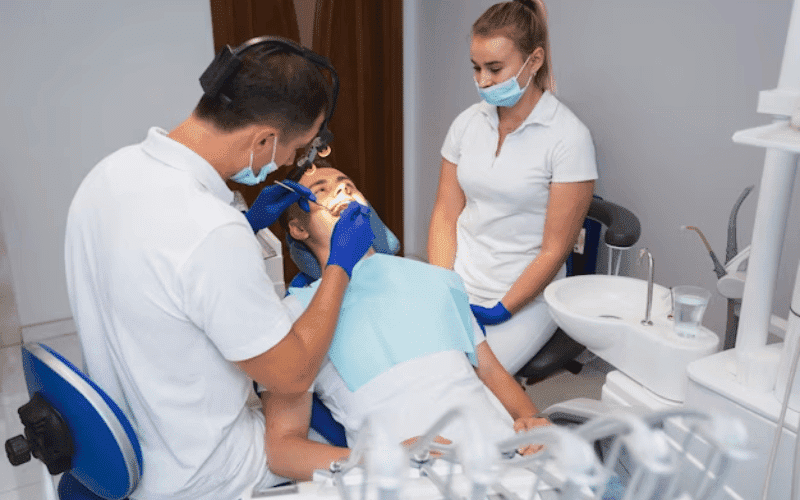Did you know that bad breath affects 25% of people globally? It’s not just a personal discomfort; it can significantly impact social interactions. Enter mouth fresheners: those tiny heroes in our pockets that save the day. Beyond just masking odors, they serve a crucial purpose in oral health. From mints to sprays, these lifesavers combat bacteria, promote saliva production, and maintain oral hygiene. So, next time you pop one, remember that mouth fresheners aren’t just for fresh breath; they are also suitable for oral health.
How Mouth Fresheners Work?
Mouth fresheners work wonders through various mechanisms. Firstly, they mask odors with ingredients like menthol and peppermint, offering instant relief from bad breath. Secondly, they indirectly stimulate saliva production, which naturally cleanses the mouth and neutralizes acids. Some varieties, like sugar-free gum with xylitol, further combat bacteria by inhibiting their growth. These multifaceted actions make mouth fresheners influential allies in oral hygiene. So, the next time you reach for that mint or gum, remember, it’s not just about freshening your breath—it’s about nurturing your oral health too.
Benefits of Mouth Fresheners for Oral Health
1. Combat Bad Breath: Mouth fresheners effectively mask odors, providing immediate relief from bad breath, enhancing social interactions, and boosting confidence.
2. Stimulate Saliva Production: Many mouth fresheners stimulate saliva production, which helps wash away food particles, reduce plaque buildup, and neutralize acids, thus contributing to a healthier oral environment.
3. Reduce Bacteria: Sugar-free gum contains ingredients like xylitol that inhibit bacterial growth, preventing plaque formation and reducing the risk of dental decay and gum disease.
4. Maintain pH Balance: Certain mouth fresheners help maintain the pH balance in the mouth, creating an environment less conducive to the growth of harmful bacteria, thus promoting oral health.
5. Convenience and Portability: Mouth fresheners are convenient and portable, allowing for easy oral hygiene maintenance and ensuring freshness and cleanliness throughout the day.
Drawbacks of Mouth Fresheners
1. Masking Without Addressing Root Cause: Mouth fresheners often mask bad breath without addressing the underlying cause, such as poor oral hygiene, dental issues, or systemic conditions, leading to a false sense of security.
2. Temporary Solution: Mouth fresheners’ effects are temporary, requiring frequent reapplication to maintain freshness, which may not effectively address long-term oral health needs.
3. Sugar Content: Some mouth fresheners, such as candies and lozenges, contain high sugar, which can contribute to dental decay and other oral health problems, mainly if used excessively.
4. Alcohol Content: Certain mouth fresheners, like mouthwashes, may contain alcohol, which can dry out the mouth and disrupt the natural balance of oral bacteria, potentially exacerbating lousy breath over time.
5. Potential Side Effects: Excessive use of particular mouth fresheners, especially those containing vital ingredients like menthol or peppermint, can irritate oral tissues, leading to sensitivity, dryness, or allergic reactions in some individuals.
Tips For Using Mouth Fresheners Responsibly
1. Practice Good Oral Hygiene: Mouth fresheners should complement, not substitute, regular oral hygiene practices like brushing, flossing, and rinsing with water. Maintaining a clean mouth is crucial for long-term oral health.
2. Read Labels Carefully: Choose mouth fresheners with low sugar content and avoid those with alcohol if you have dry mouth or sensitivity. Opt for sugar-free options or those containing xylitol, which can help prevent dental decay.
3. Use Moderately: Avoid overusing mouth fresheners. Excessive use can disrupt the natural balance of oral bacteria and may lead to adverse effects like dry mouth or oral irritation. Use them as needed to freshen your breath, not as a habit.
4. Address Underlying Causes: If bad breath persists despite using mouth fresheners, consult a dentist to identify and address any underlying dental or health issues contributing to the problem, such as gum disease, cavities, or systemic conditions.
5. Stay Hydrated: Drinking plenty of water helps maintain saliva flow, naturally cleansing the mouth and neutralizing acids. Staying hydrated throughout the day supports overall oral health and reduces the need for excessive mouth freshener use.
Final Words!
In conclusion, mouth fresheners can be a helpful tool for fresh breath, but better oral hygiene substitutes exist. Maintaining a clean mouth through regular brushing, flossing, and dental check-ups is vital to long-term oral health. If you have any questions or concerns about your oral hygiene routine or the use of mouth fresheners, don’t hesitate to consult a dentist. You can ensure that mouth fresheners live up to their potential with proper care and attention.
